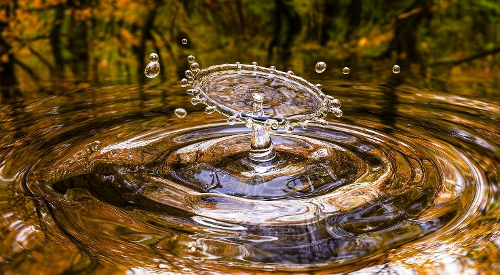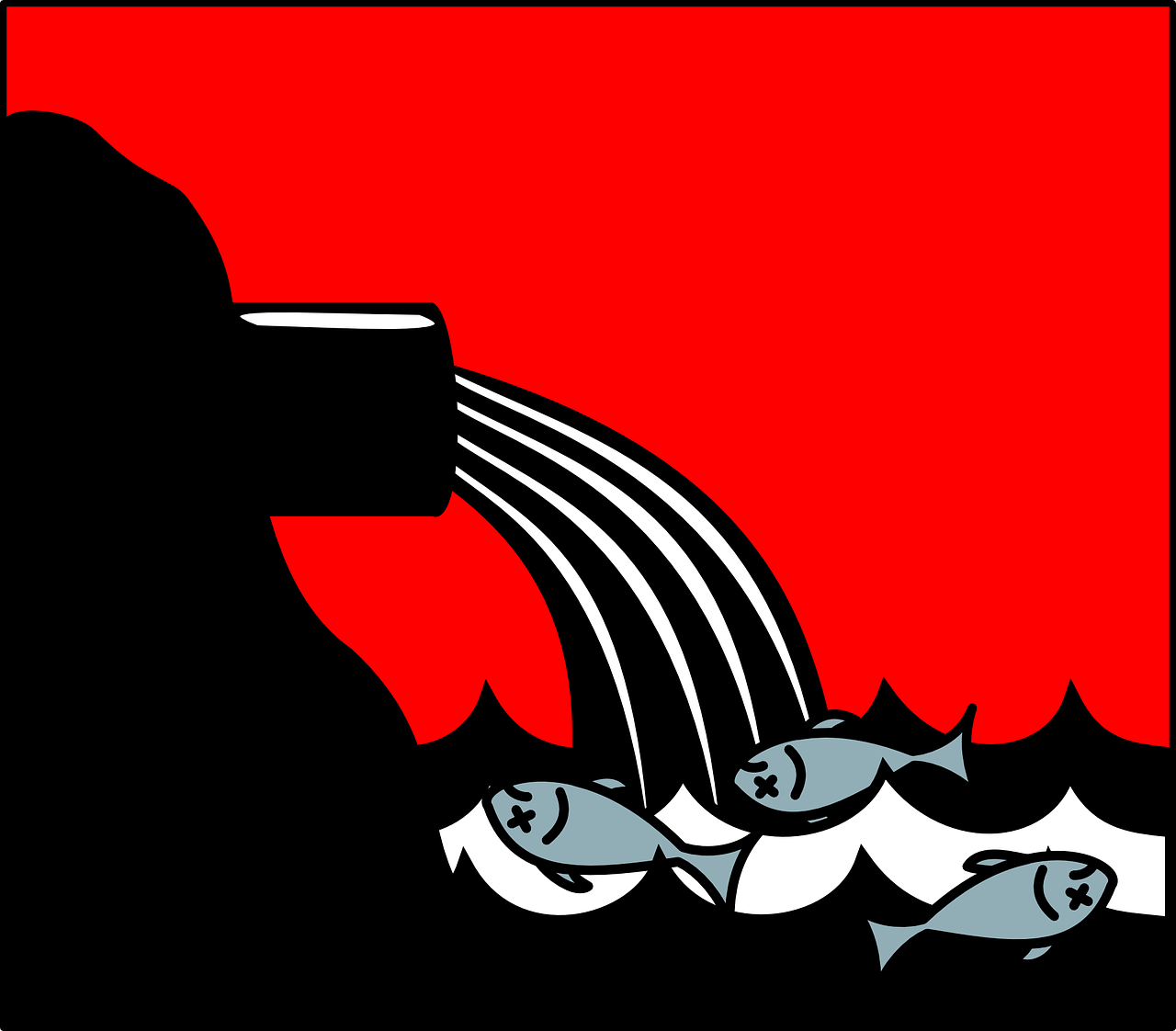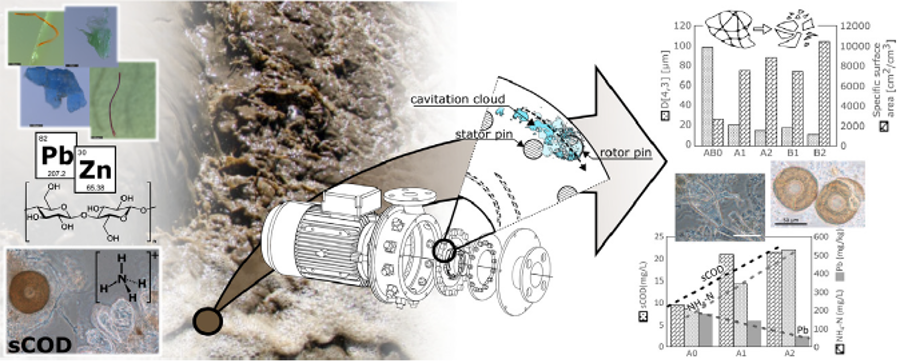Environment
Tap water
The presence of bacteria Legionella Pneumophila (the causative agent of Legionnaires' disease) poses a significant health risk in warm water distribution systems. Current prevention and treatment of disease outbreaks is costly, environmentally ineffective, and does not prevent rapid bacterial recolonization. We are working on an advanced oxidation process - hydrodynamic cavitation. We are constantly advancing the state of the art, as evidenced by published papers and industrial applications. By adjusting and optimizing the operating conditions, different types of hydrodynamic cavitation (attached steady cavitation, developed unsteady cavitation and supercavitation) are fully exploited for their chemical and mechanical effects. For example, in this way we have successfully reduced L. pneumophila in tap water samples by more than 3 logs (https://doi.org/10.1016/j.ultsonch.2017.11.004).

Waste water
One of the most pressing global environmental problems is the increasing pollution of surface and groundwater by wastewater effluents, which threaten the world's clean water supply and public health. In addition, wastewater is contaminated with various contaminants such as micropollutants, pathogenic bacteria and viruses. We are working to upgrade conventional wastewater treatment plants with alternative technologies. Our research on hydrodynamic cavitation as a novel environmentally friendly technology has shown that it can complement conventional water treatment processes. We have shown that by skilful manipulation of hydrodynamic cavitation conditions, numerous pharmaceuticals (http://dx.doi.org/10.1016/j.ultsonch.2013.10.025), bisphenols (https://doi.org/10.1016/j.scitotenv.2020.140724), bacteria such as E. coli (https://doi.org/10.1016/j.ultsonch.2017.11.004), and some water-soluble synthetic polymers (polyvinyl alcohol) can be successfully removed from water matrices. We have shown for the first time that hydrodynamic cavitation can successfully inactivate potato virus Y (https://doi.org/10.1016/j.ultsonch.2021.105898), preventing the spread of waterborne viruses when wastewater is reused in agriculture.

Waste activated sludge
Wastewater treatment plants are the interface between human activities and the environment. They produce huge amounts (up to 13 million tonnes per year in the EU alone) of an unwanted waste, activated sludge. When we address this problem, we see the sludge as a resource rather than an unwanted product. We use hydrodynamic cavitation as a pre-treatment method for improved sludge disintegration and solubilization (https://doi.org/10.1016/j.scitotenv.2021.151414). In this way, the time for and amount of sludge that need to be destroyed are reduced, and at the same time increased amounts of methane are produced during anaerobic digestion.

Agriculture
One of the most important global challenges facing the agricultural sector is to feed a growing population while reducing environmental impacts and conserving natural resources for future generations. Agriculture has a significant impact on the environment, including the increasing use of pesticides. They contaminate the environment, farmers, and food. To address this problem, we have developed an autonomous, automated spraying technology for use in orchards and vineyards that incorporates advanced positioning and control methods while taking advantage of state-of-the-art LIDAR sensors (https://doi.org/10.31727/gzb.44.4.10). The novel spraying technology enables a significant reduction in pesticide use. This results in lower costs for the vineyard owner and less negative impact on the environment.

Green energy
As part of the Department of Power Engineering, we look for new ways to develop solutions to improve energy production and use. Based on fundamental research, we design machines to generate energy and reduce environmental impact and costs. As experts in hydropower, we explore new ways to make water turbines more socially and environmentally acceptable. We are working on methods to improve biomass digestion into methane and on innovative sludge drying and incineration methods for greater sustainability.
